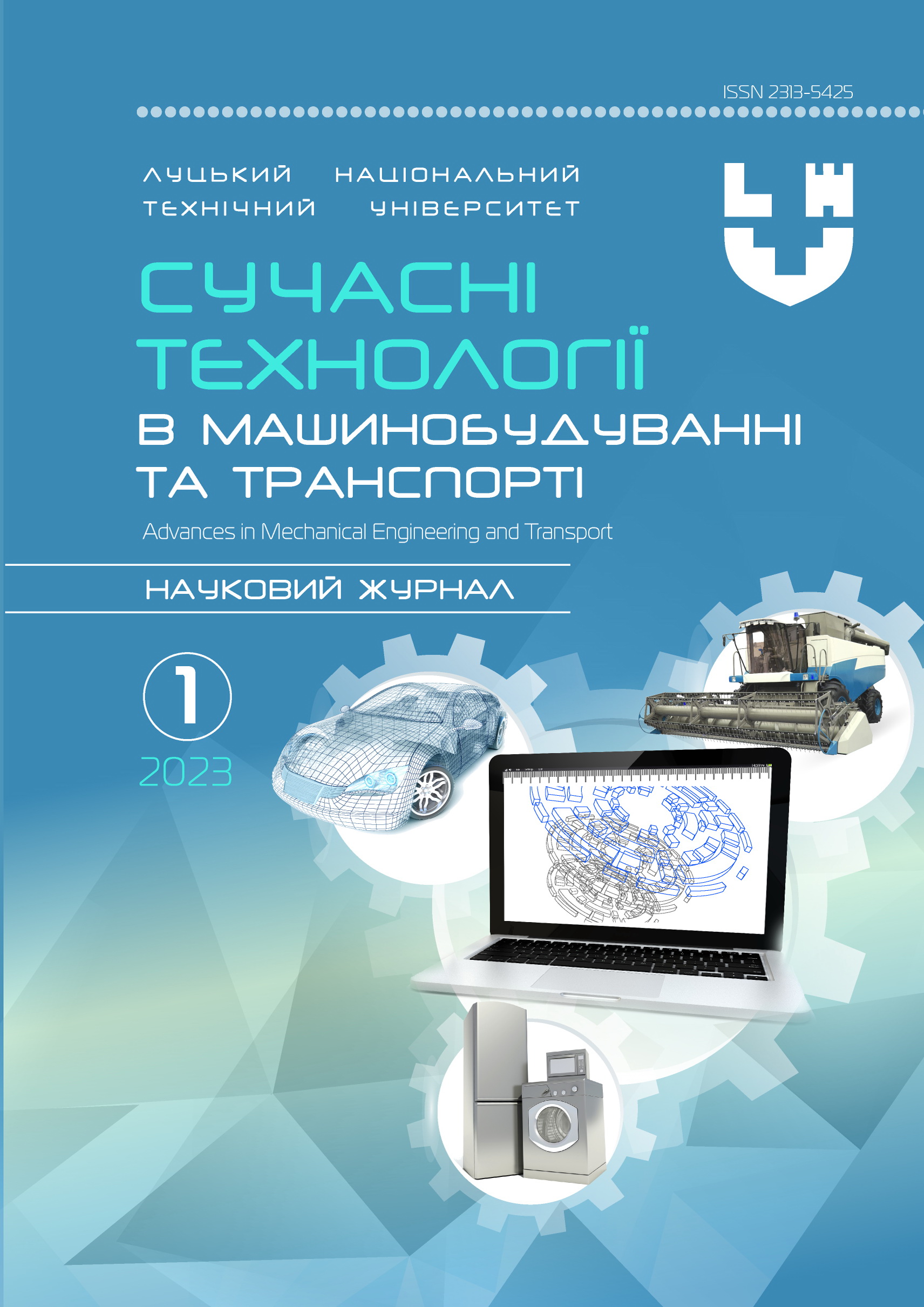Experimental study of the moment of inertia of a car engine on a roller stand
Abstract
The article examines the results of experimental studies of the moment of inertia of a passenger car engine. The decelerations in the "car-stand" system at different states of the transmission are also calculated.
Control and diagnosis of the technical condition of rolling stock from the point of view of traffic safety is one of the most important problems. This control is especially important for systems, the technical condition of which affects the safety of movement, as well as the power unit in the mode of traction tests. Foreign and domestic experience shows the effectiveness of instrumental control. Diagnostic equipment includes roller stands, which can be used to check the braking and traction properties of cars.
As shown by many studies, in particular those carried out at the department of technical operation and service of cars of the KhNAHU (KHADI), inertial stands provide more reliable information about the technical condition of the car (they allow to reproduce real speed and thermal modes of operation). In order to standardize and determine diagnostic parameters when checking a car on a rolling stand, it is necessary to know the reduced masses (or reduced moments of inertia) of the wheels, transmission and engine.
To do this, the moment of inertia of the engine of a car of a particular model was experimentally determined for three runs on the test bench with the clutch engaged. The deceleration of the engine disconnected from the transmission was also determined. A Skoda Octavia with a 1.8-liter engine was chosen as an experimental object. The deceleration was determined by numerical differentiation of the obtained speed values at the runaway sections.
A preliminary assessment has shown that the proposed method for determining the moment of inertia of rotating parts of a car, including the engine, can be used for practical applications. The results obtained do not contradict the data of other researchers and are quite close to their values. The proposed method gives results that do not go beyond the values obtained by more accurate methods and can be recommended for estimating the moment of inertia of an automobile engine in the absence of reliable data.
Keywords: moment of inertia, transmission, engine, roller bench, inertial mass, runaway, deceleration of the car-bench system.




